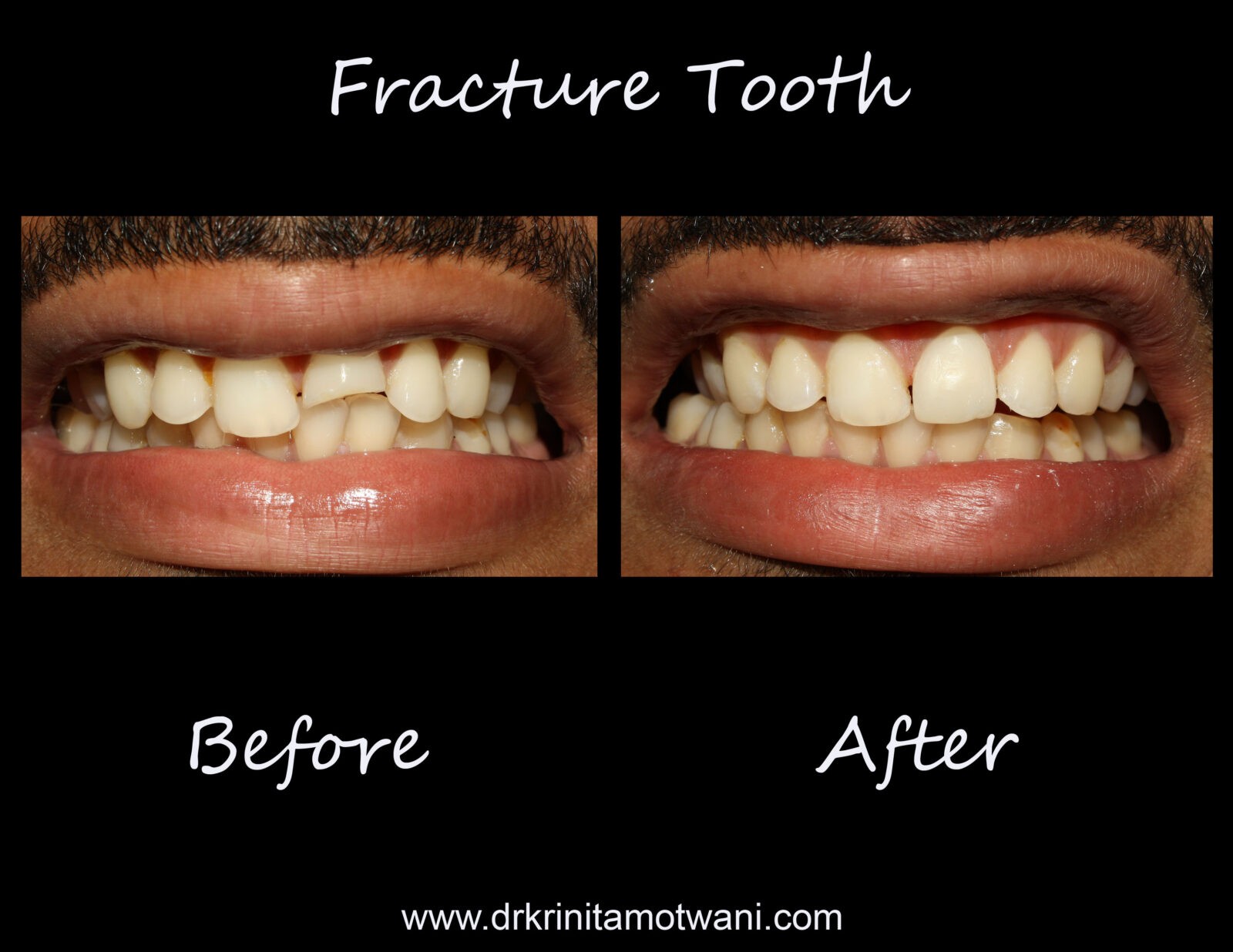Vertically Fractured Tooth Repair

When a tooth suffers a vertical fracture, it can be a daunting and painful experience for the individual affected. A vertical fracture, also known as a vertical root fracture, is a split or crack that runs along the length of the tooth, often extending from the chewing surface down to the root. This type of fracture can be particularly challenging to repair, as it may involve both the visible portion of the tooth (the crown) and the hidden portions (the root and surrounding bone).
Understanding the complexities of a vertical fracture is crucial for developing an effective treatment plan. The fracture can be classified into different types based on its location and severity. A fracture that occurs in the crown of the tooth may be more accessible and easier to repair than one that extends into the root. However, fractures that reach the root can compromise the tooth’s structural integrity and potentially lead to infection or abscesses if not properly addressed.
Symptoms and Diagnosis
Identifying a vertical fracture can be difficult, as the symptoms may not always be immediately apparent. Patients may experience a range of symptoms, including:
- Pain or discomfort when biting or chewing
- Sensitivity to temperature changes (hot or cold)
- Swelling or inflammation of the gums
- Discoloration of the tooth
A thorough diagnosis is essential to determine the extent of the fracture and develop an appropriate treatment plan. This may involve:
- Visual examination: The dentist will visually inspect the tooth to look for any signs of fracture or damage.
- Radiographs (x-rays): X-rays can help identify the location and severity of the fracture.
- Exploratory procedures: In some cases, the dentist may need to perform an exploratory procedure to examine the tooth and surrounding tissue more closely.
Treatment Options
The treatment for a vertical fracture depends on the location, severity, and extent of the fracture. In some cases, the tooth may be salvaged, while in others, extraction may be necessary. The following are some common treatment options:
- Crown lengthening: If the fracture is limited to the crown, a crown lengthening procedure may be performed to remove the damaged portion and prepare the tooth for a crown or filling.
- Root canal therapy: If the fracture extends into the root, a root canal may be necessary to remove infected tissue and prevent further damage.
- Tooth extraction: In severe cases, the tooth may need to be extracted to prevent further complications.
- Dental implants: If the tooth is extracted, a dental implant may be used to replace the missing tooth.
Step-by-Step Repair Process
The repair process for a vertical fracture typically involves several steps:
Step 1: Evaluation and Diagnosis
The dentist will evaluate the tooth and surrounding tissue to determine the extent of the fracture and develop a treatment plan.
Step 2: Preparation and Anesthesia
The dentist will prepare the tooth and administer anesthesia to minimize discomfort during the procedure.
Step 3: Fracture Repair
The dentist will repair the fracture using a variety of techniques, including crown lengthening, root canal therapy, or extraction.
Step 4: Restoration
After the fracture has been repaired, the dentist will restore the tooth with a crown, filling, or implant.
Prevention and Maintenance
While some vertical fractures may be unavoidable, there are steps that can be taken to prevent or minimize the risk of fracture:
- Regular dental check-ups: Regular dental check-ups can help identify any potential problems before they become severe.
- Proper oral hygiene: Practicing good oral hygiene, including brushing and flossing, can help prevent decay and reduce the risk of fracture.
- Avoiding excessive force: Avoiding excessive force or pressure on the teeth, such as biting or chewing on hard objects, can help prevent fracture.
Frequently Asked Questions
What are the symptoms of a vertical fracture?
+Symptoms of a vertical fracture may include pain or discomfort when biting or chewing, sensitivity to temperature changes, swelling or inflammation of the gums, and discoloration of the tooth.
Can a vertical fracture be prevented?
+While some vertical fractures may be unavoidable, practicing good oral hygiene, avoiding excessive force or pressure on the teeth, and attending regular dental check-ups can help minimize the risk of fracture.
What are the treatment options for a vertical fracture?
+Treatment options for a vertical fracture depend on the location, severity, and extent of the fracture, but may include crown lengthening, root canal therapy, tooth extraction, or dental implants.
In conclusion, a vertical fracture can be a challenging and complex dental issue, requiring prompt attention and treatment to prevent further complications. By understanding the symptoms, diagnosis, and treatment options, individuals can take steps to prevent or minimize the risk of fracture and maintain optimal oral health.

